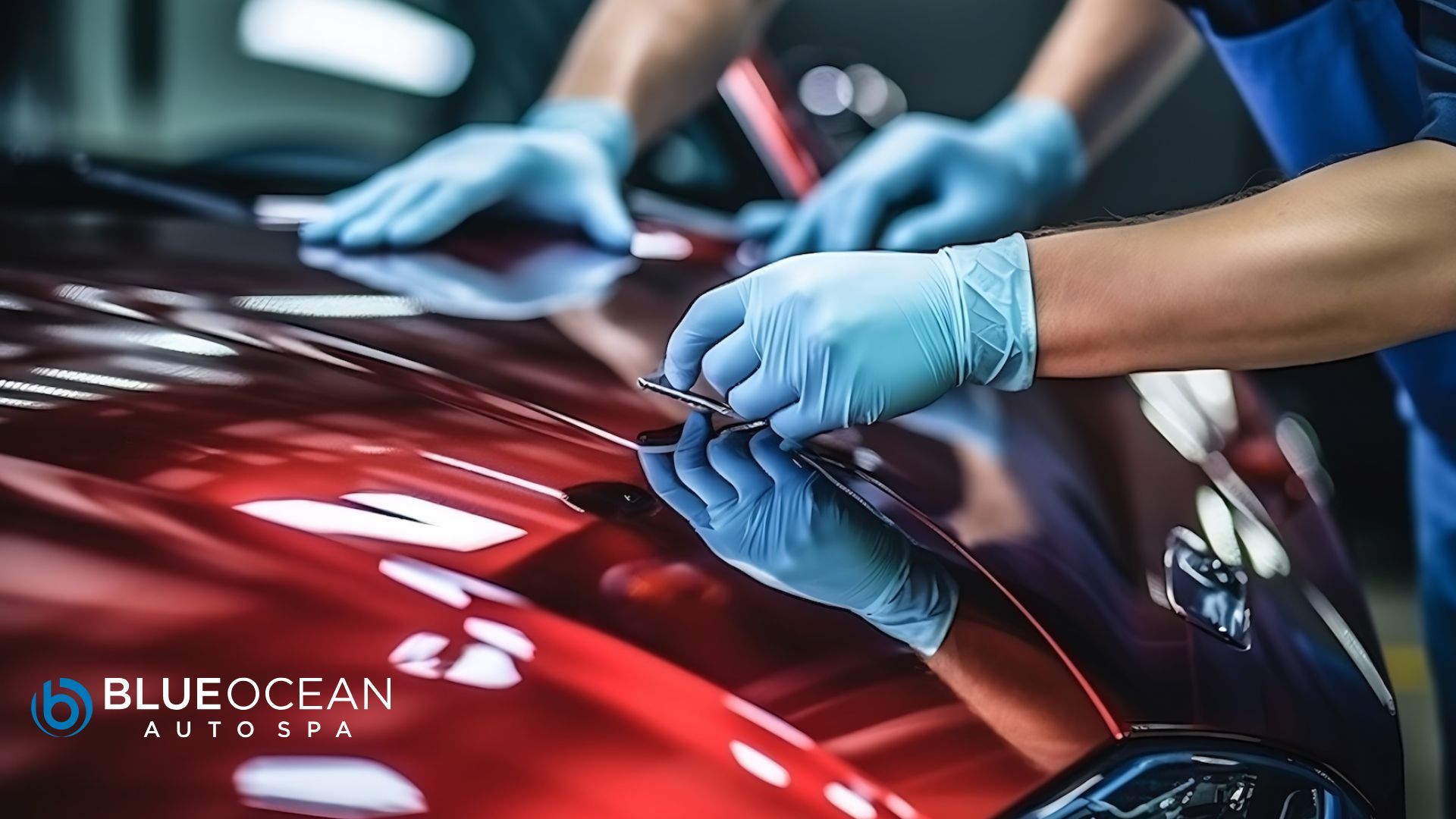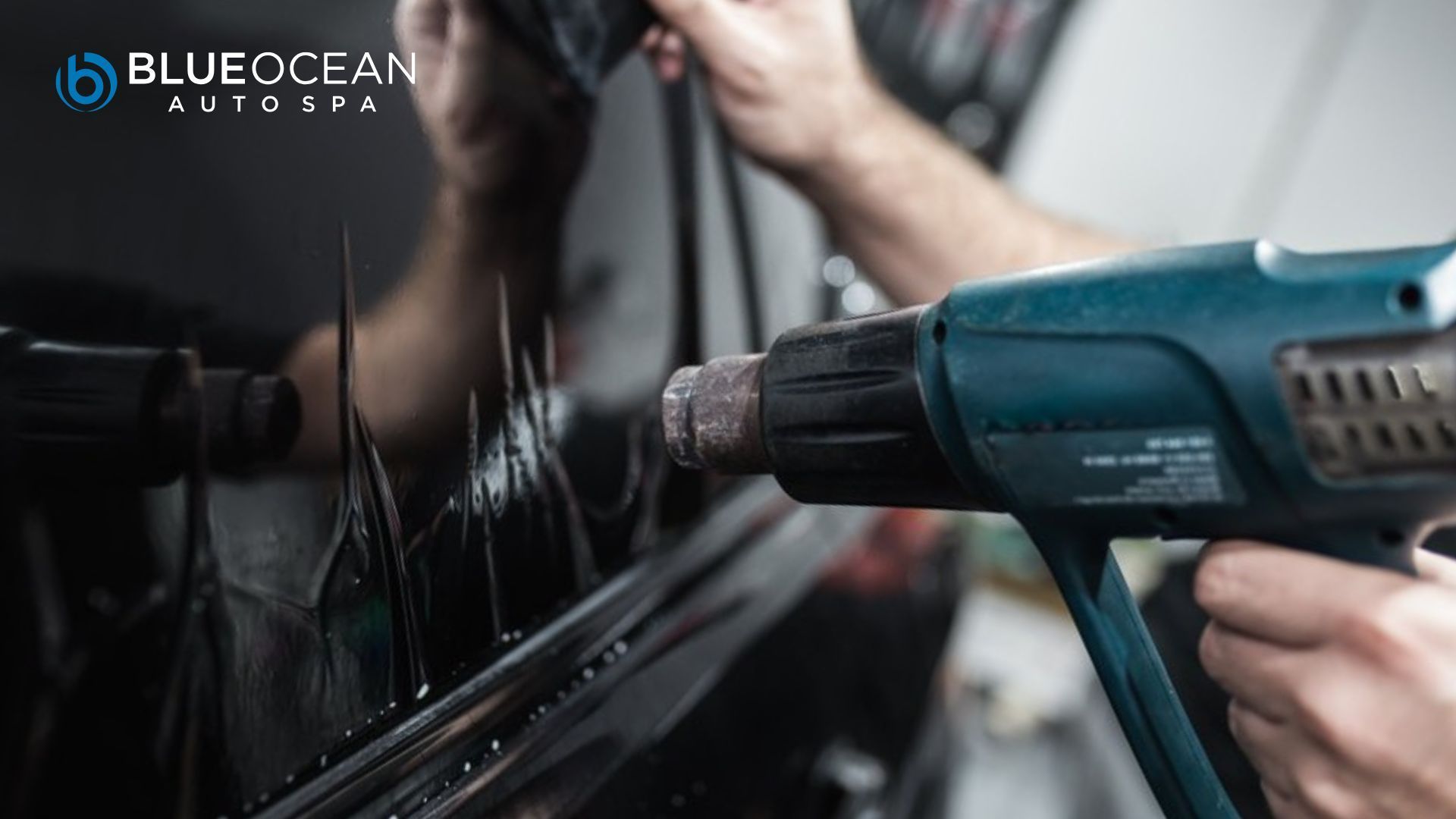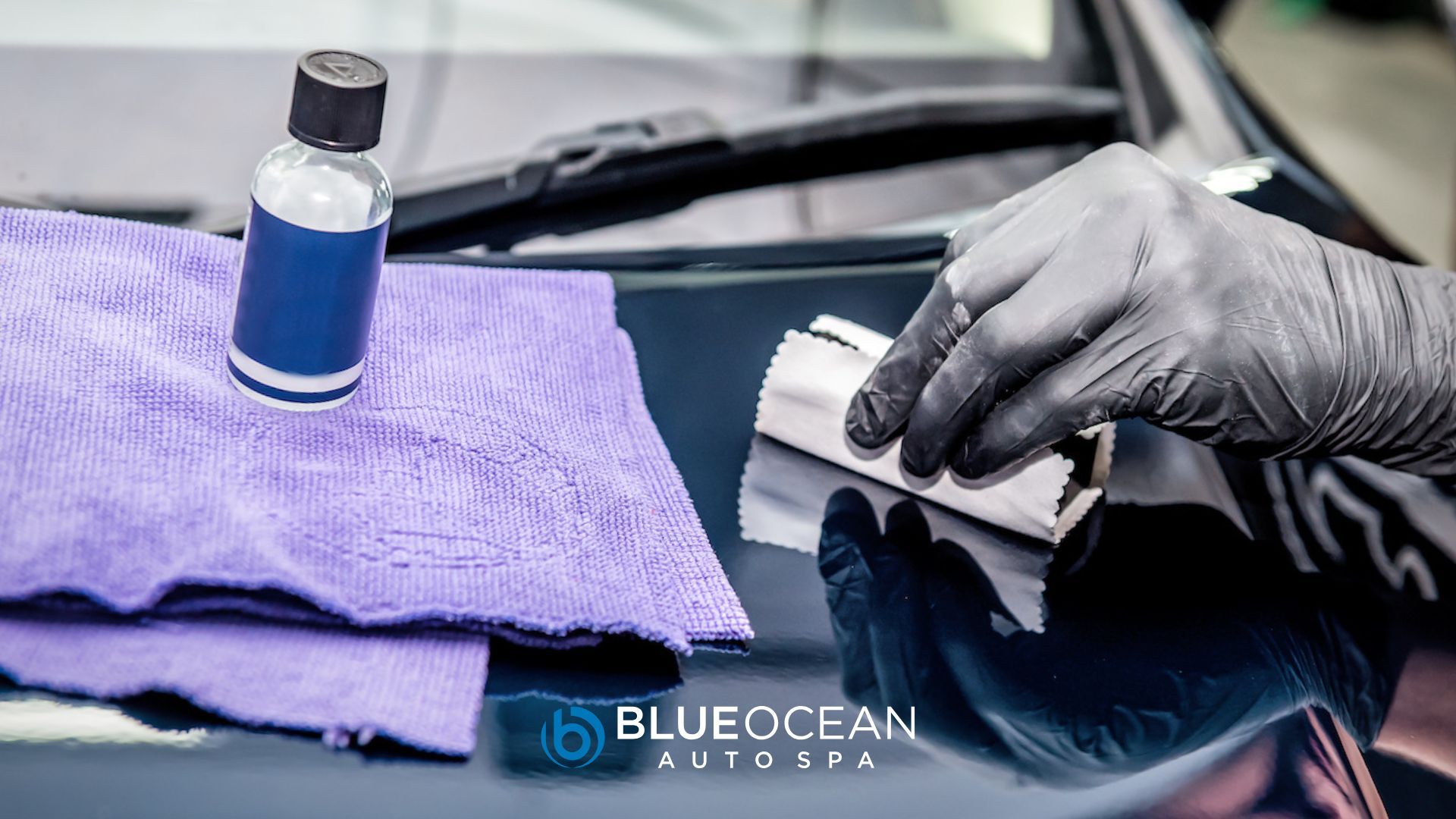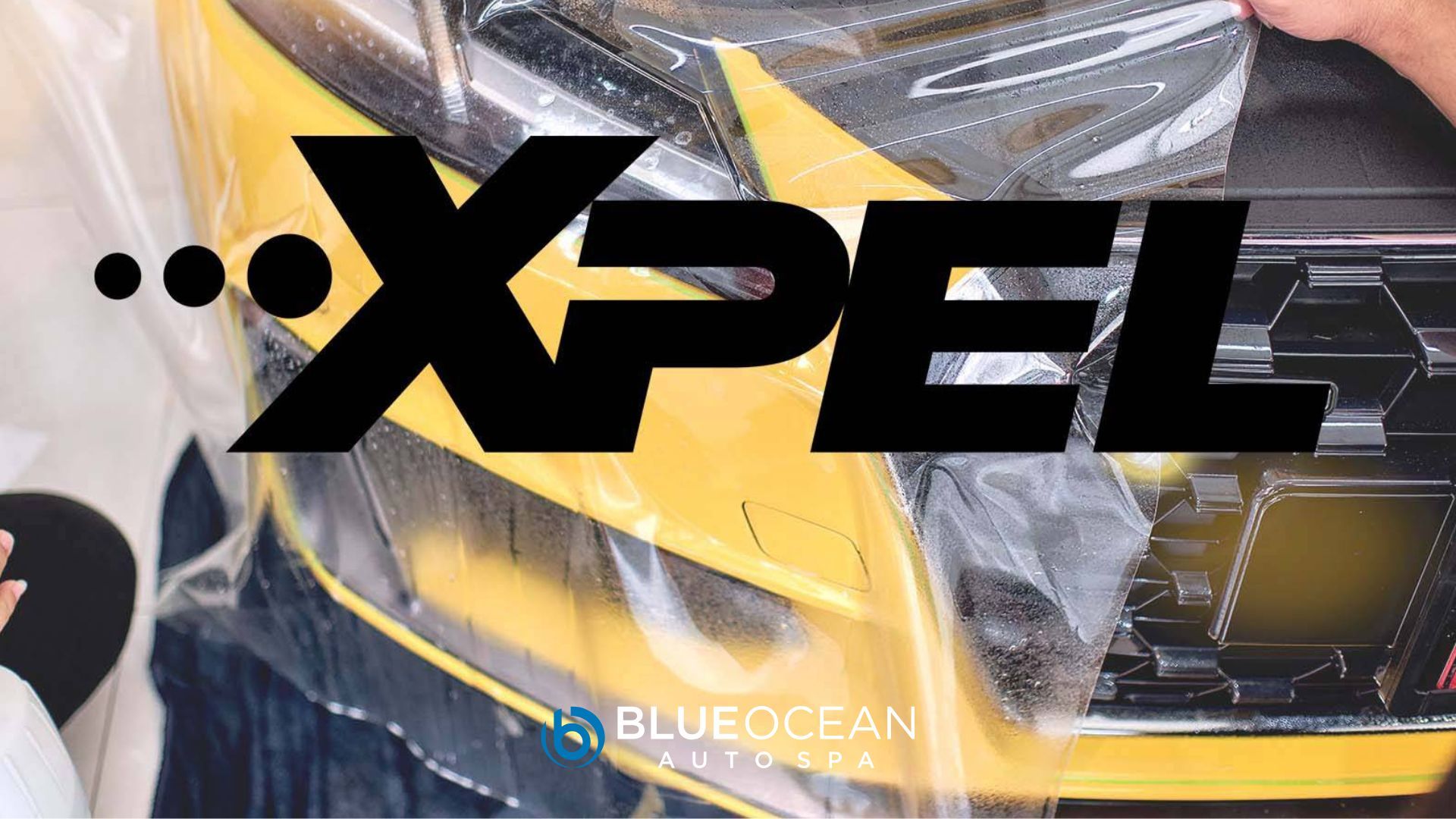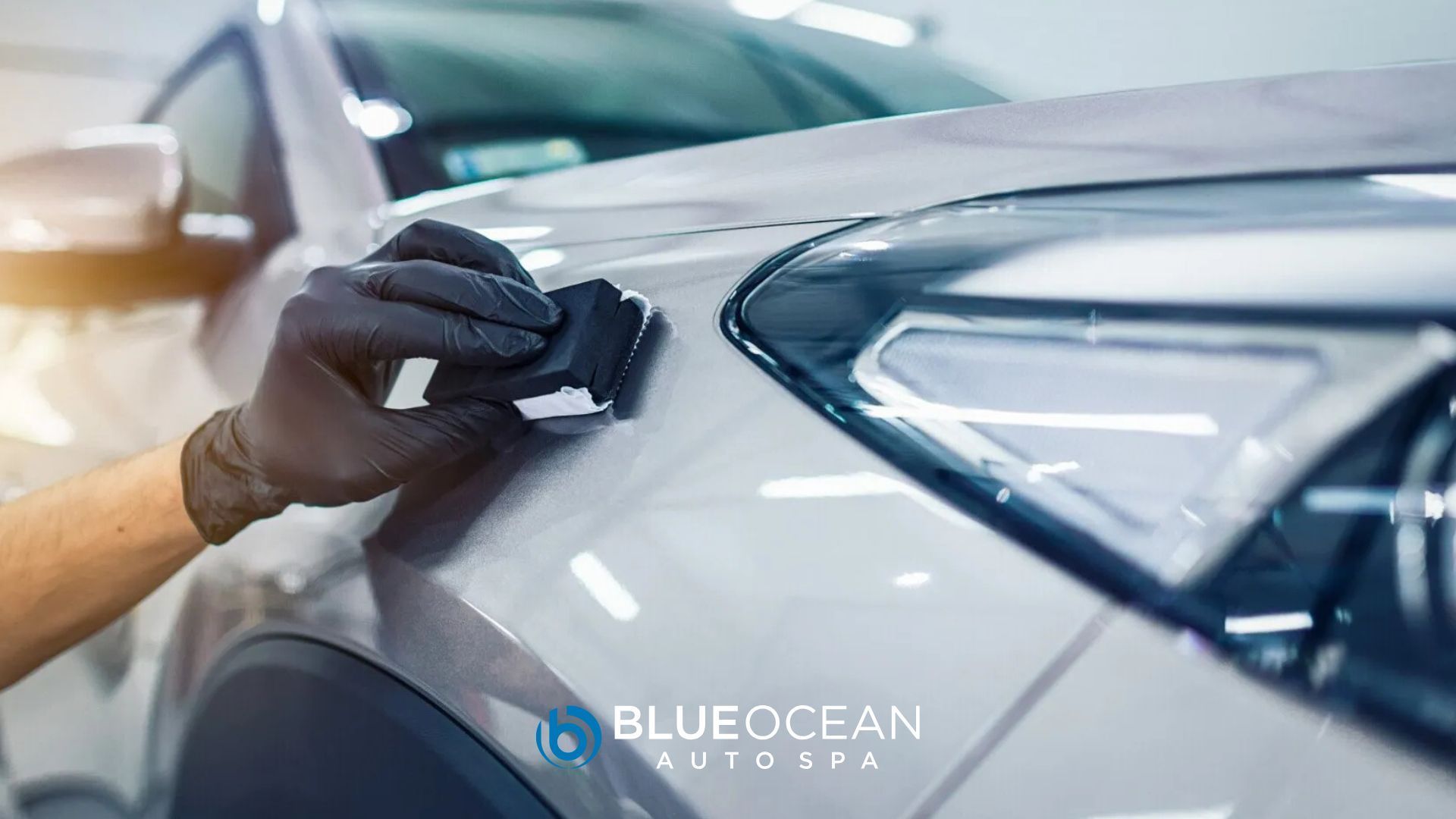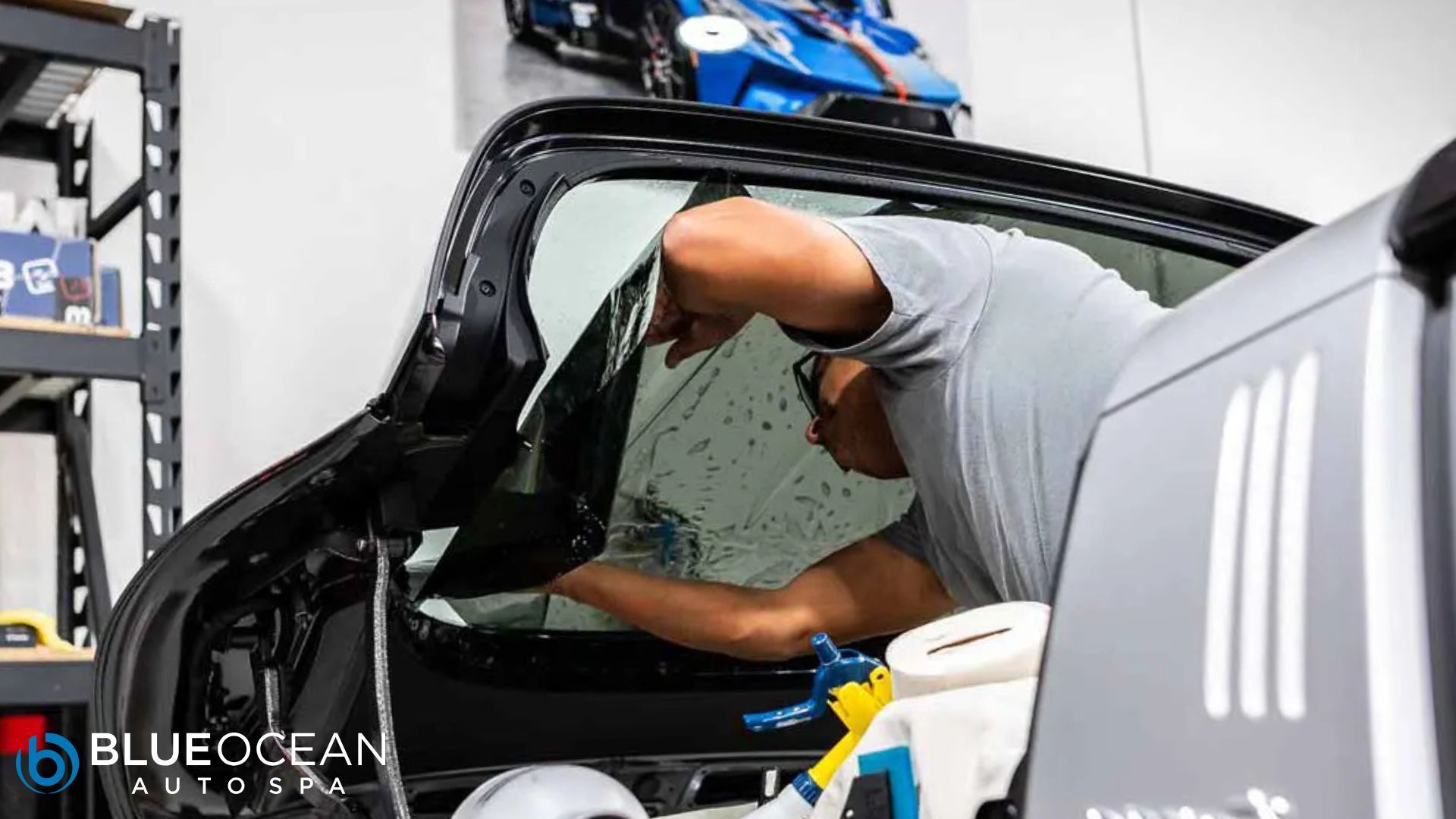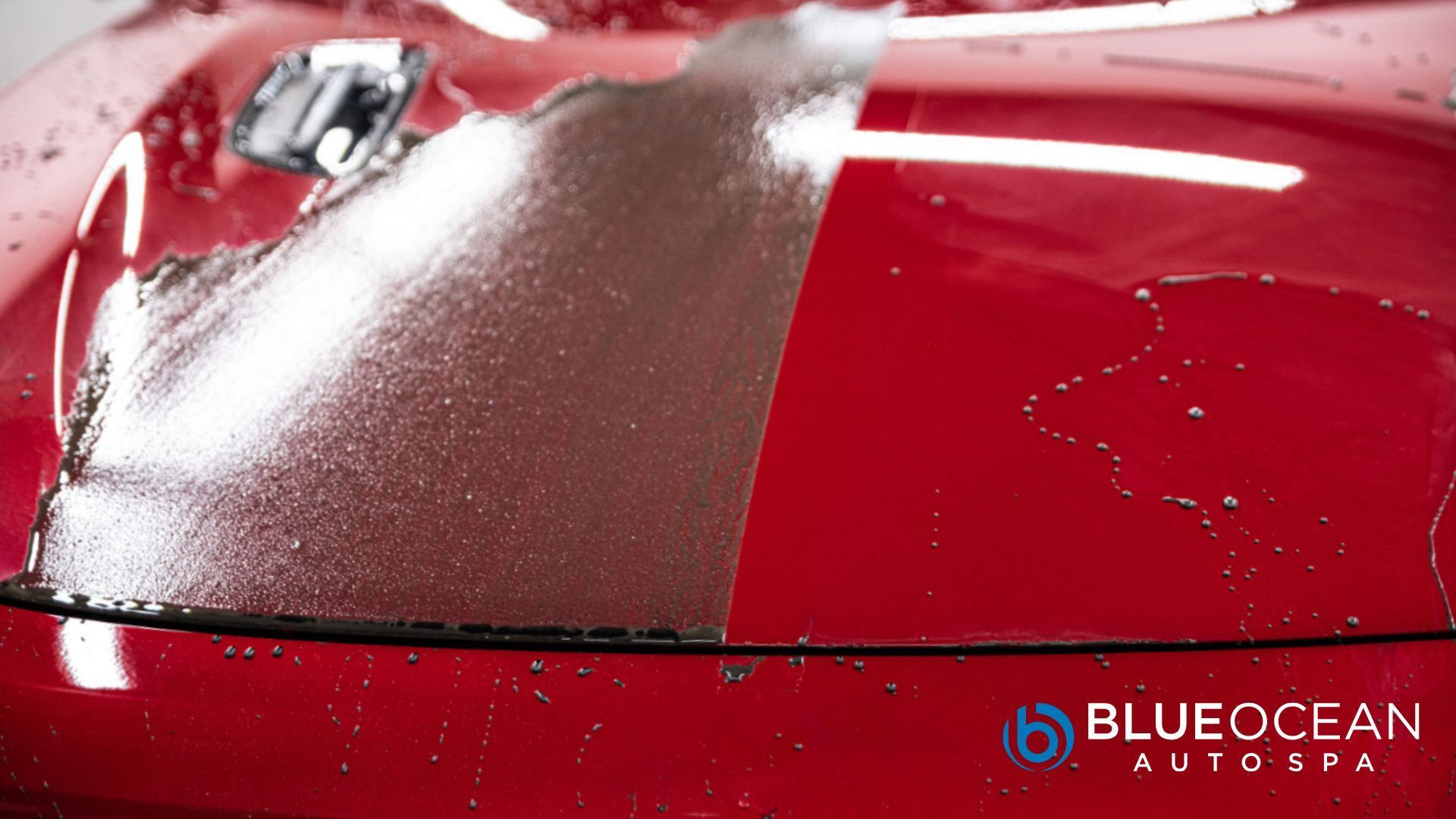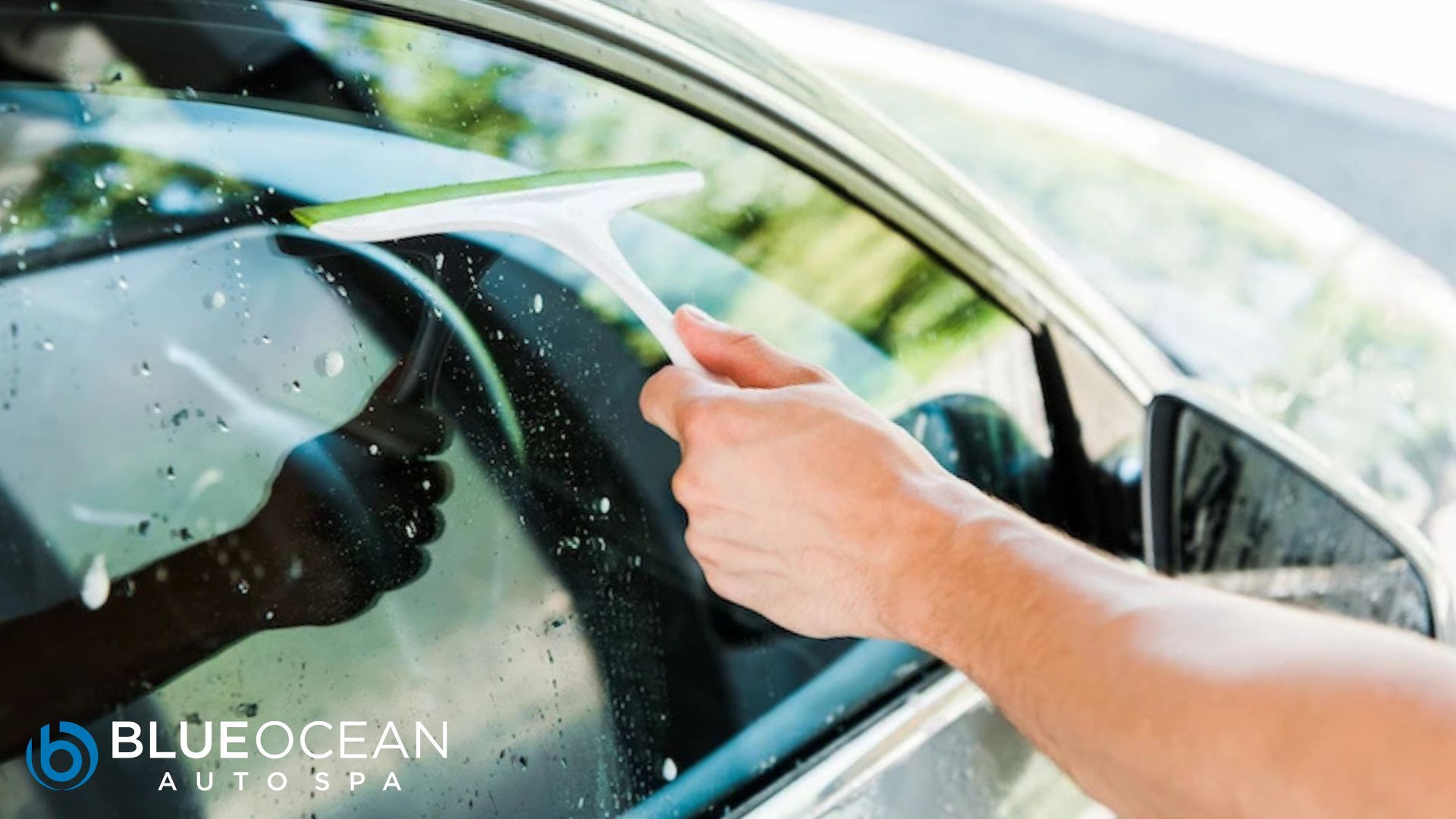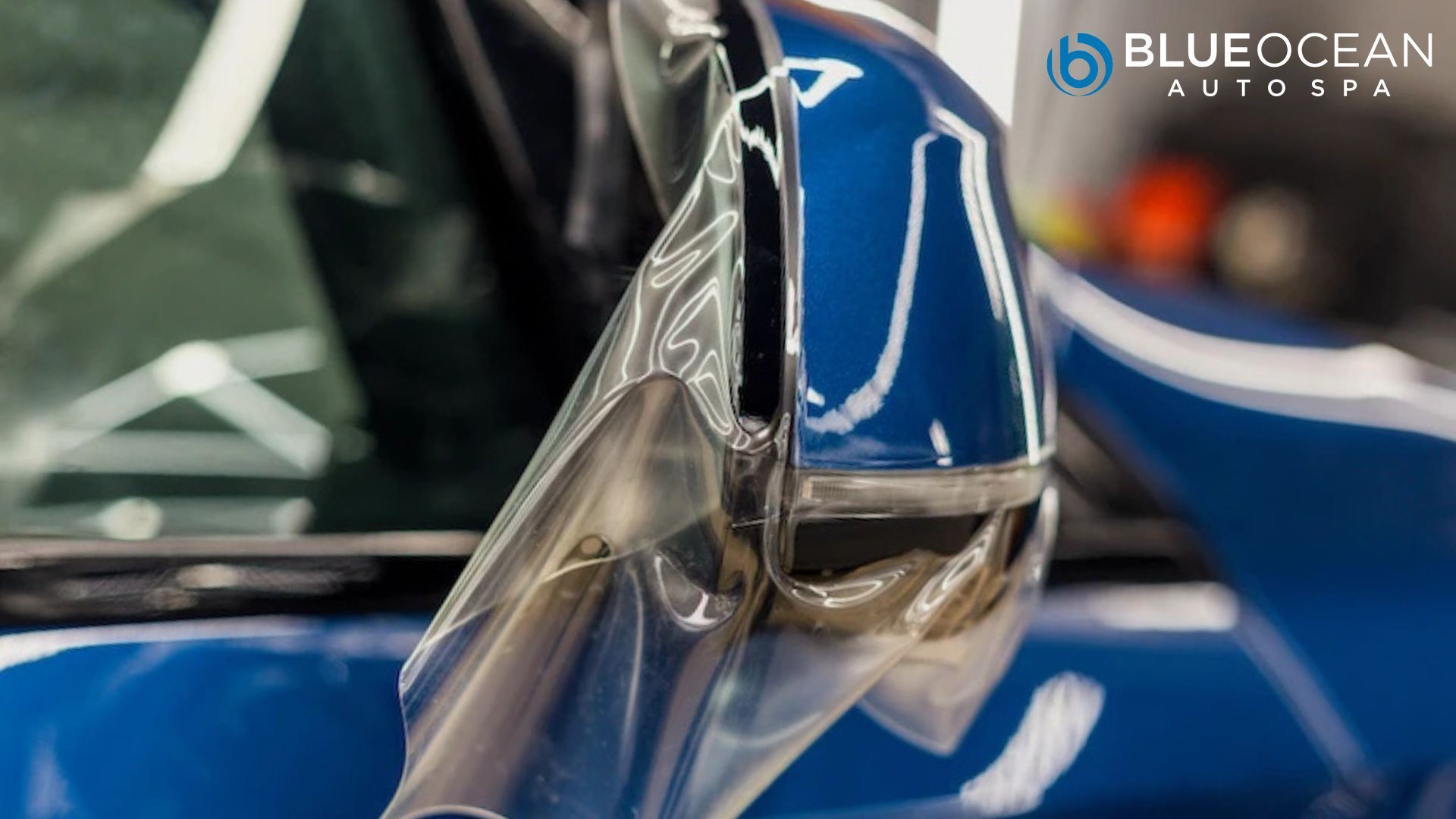Texas is known for its scorching summers, with temperatures often exceeding 100°F, relentless UV rays, and unpredictable road conditions that can wreak havoc on a car’s exterior. The intense sunlight causes oxidation and fading, while flying debris from highways and rough terrain leads to chips and scratches. Given these challenges, many drivers look for ways to protect their vehicles—but
is paint protection film worth it in Texas?
Understanding Paint Protection Film (PPF) and How It Works
Paint protection film, or PPF, is a virtually invisible polyurethane layer applied to a vehicle’s exterior to safeguard the paint from damage. Originally developed for military applications, this advanced protective film is now a popular choice for car owners looking to maintain their vehicle’s finish in harsh conditions.
How PPF Shields Against Texas Heat & Road Hazards
Why Texas Drivers Need Paint Protection Film
Texas roads and climate present unique challenges for vehicle owners. Between the intense heat, constant highway debris, and unpredictable weather, a car’s paint job is constantly at risk. Investing in
paint protection film ensures long-term defense against these elements, keeping your vehicle looking its best despite Texas' harsh conditions.
Extreme Heat & UV Radiation
With Texas summers regularly exceeding
100°F, the sun is one of the biggest threats to a vehicle’s paint. Prolonged exposure to UV rays causes
paint oxidation, fading, and discoloration, especially on darker-colored vehicles. In fact, studies from the
Environmental Protection Agency (EPA) show that UV exposure accelerates material degradation in cars, shortening the lifespan of a vehicle’s exterior finish.
How PPF Protects Against Road Hazards:
- Provides a
sacrificial layer that absorbs impact, preventing scratches and chips.
- Helps maintain a
flawless paint finish even on rough roads.
- Covers
high-impact areas like the front bumper, hood, fenders, and side mirrors.
Without
paint protection film, frequent highway driving can take a toll on your car’s paint, leading to costly repairs or repaints down the line.
Frequent Dust Storms and Harsh Weather
Certain regions in Texas—especially
West Texas and the Panhandle—experience
dust storms, strong winds, and occasional hail that can damage a car’s paint over time. These airborne particles act like
sandpaper, causing micro-abrasions that dull the finish and leave the surface vulnerable to further deterioration.
Why PPF Is Essential for Weather Protection:
- Prevents
fine dust particles from etching into the paint surface.
- Adds an extra layer of
protection against hail damage by absorbing small impacts.
- Shields against
rainwater contaminants, which can cause staining or mineral buildup.
For drivers in areas with unpredictable weather patterns,
paint protection film is a smart investment to keep their vehicle looking newer for longer.
Comparing Paint Protection Film to Other Protective Solutions
There are many ways to protect your car’s paint, but not all solutions provide the same level of defense. Let’s break down how
paint protection film compares to other popular options that we offer at
Blue Ocean Auto Spa.
Ceramic Coating:
- Enhances
gloss and shine, giving the paint a slick, polished look.
- Offers
strong hydrophobic properties, repelling water, dirt, and contaminants.
- Provides
some UV protection, helping to slow down paint fading.
- Does
not protect against rock chips, scratches, or physical damage.
- Lasts between
2 to 5 years, requiring reapplication over time.
While
ceramic coating improves appearance and repels dirt, it does not provide physical protection like PPF does. For Texas drivers who want
the best of both worlds, applying PPF to high-impact areas and ceramic coating on top can offer
maximum protection and shine.
PPF vs. Waxing or Traditional Sealants
Waxing and paint sealants have been used for decades, but in Texas' extreme climate, they fall short in providing long-term protection.
Why Waxing Isn’t Enough in Texas:
- Short lifespan: Wax wears off quickly under high heat, often lasting only a few months.
- Minimal protection: Does not prevent rock chips, scratches, or deep paint damage.
- Requires constant reapplication: To maintain any protection, waxing must be done frequently, which adds up in cost and effort.
Why PPF Is the Better Choice:
- Long-term durability: Once installed, PPF lasts for years without needing reapplication.
- Superior protection: Shields against
physical damage, UV exposure, and environmental hazards.
- Low maintenance: Unlike waxing, PPF
does not require frequent upkeep to stay effective.
For Texas drivers dealing with
intense sun, highway debris, and unpredictable weather,
paint protection film is worth it as a
long-term investment that reduces maintenance, preserves paint, and keeps the car looking new.
Why PPF Helps Retain Value:
Conclusion: Protect Your Vehicle the Right Way
Texas roads and weather are
brutal on your car’s paint, but
paint protection film offers the
best defense against
UV damage, rock chips, and environmental hazards. Whether you drive a daily commuter, a luxury car, or an off-road truck, PPF helps you
preserve your investment, reduce maintenance costs, and maintain resale value.
Don’t wait until your paint
starts showing signs of wear—protect it before
heat and road conditions take their toll.
Get a free quote from Blue Ocean Auto Spa today and keep your car looking flawless for years to come!






